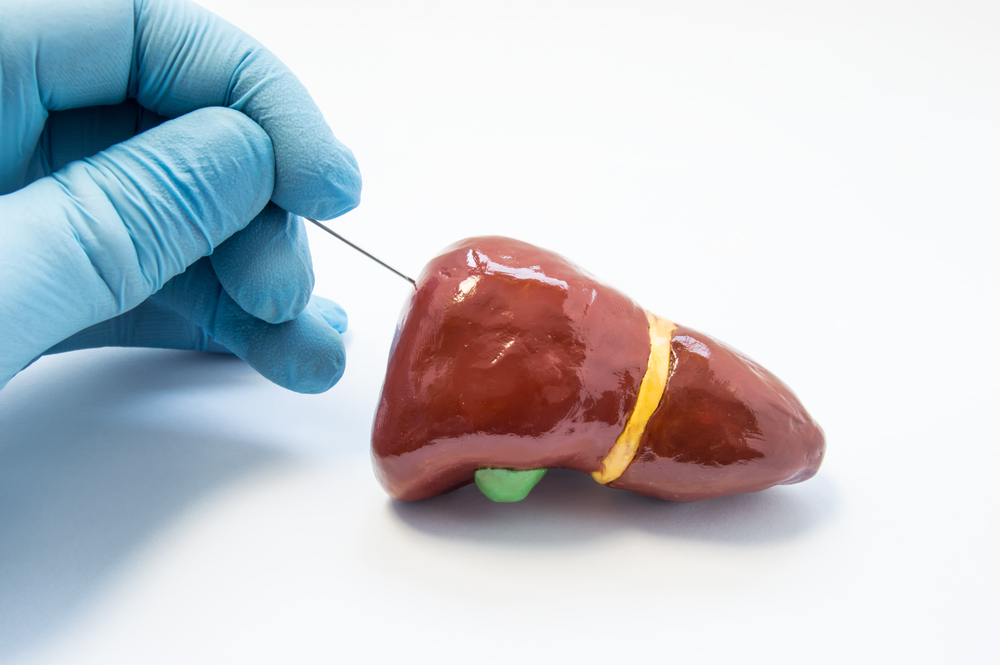A medical procedure that surgically removes a small piece of liver tissue that is analyzed in a laboratory for signs of damage or disease is called a liver biopsy. If your blood tests or imaging tests suggest you might have a liver problem, your doctor may order a liver biopsy.
To detect the presence of abnormal cells like cancer cells in your liver, a liver biopsy is usually recommended and also to evaluate or to determine the severity of liver disease processes like cirrhosis. Liver biopsies also act as a guide for treatment decisions.
Our liver produces the enzymes and proteins that are important for our body’s essential metabolic processes and is also a vital organ for removing contaminants in our blood. The liver also stores essential vitamins and nutrients that our body uses and helps fight infections.
Having liver problems can make you profoundly ill, or in the worst case, death.


